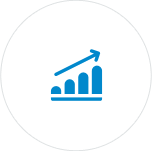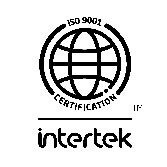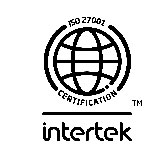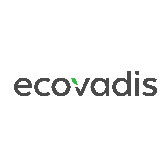- India:
 +91 9100090012
+91 9100090012 - International:
 +91 9883305050
+91 9883305050
- Home
- >
- Specialized Training
- >
- Docker and Kubernetes
Available Training Rooms

PRIVATE BATCH

PUBLIC PROGRAM

ON DEMAND

BLENDED
Course Details
- Syllabus
Day 1: Docker
• Introduction to Docker
• Container Vs Virtual Machines
• Docker Architecture
• The Docker Hub
• Docker Installation
• Creating First Image
• Working with Multiple Images
• Packaging a customized container
• Running container commands
• Container Port Redirect
• Container Snapshots
• Attach to a Running Container
• Removing Images
• Understand Directory Structure
• Services – on startup
• Docker file
• Pushing Images to Docker Hub
• Adding External Content
• Image Volume Management
• Creating Docker Registry (Private)
Day 2: Docker
• Docker Swarm – Overview
• Docker resource management and networking
• Docker trouble shooting
• Advance Docker Networking
• Docker Logging
• Docker Compose
• Configuring compose
• Create a PHP application with MySQL
• Create a PHP application with MySQL without Compose
• Building a cluster
• Launch Strategy
• Docker Compose & Swarm Together
• Docker Cloud (Introduction)
Day 3: Kubernetes
• Kubernetes Introduction
• Understand the Kubernetes API primitives.
• Understand the Kubernetes cluster architecture.
• Understand Services and other network primitives.
• Install Kubernetes masters and nodes,
• Configure secure cluster communications.
• Configure a Highly Available Kubernetes cluster.
• Know where to get the Kubernetes release binaries.
• Provision underlying infrastructure to deploy a Kubernetes cluster.
• Choose a network solution.
• Choose your Kubernetes infrastructure configuration.
• Run end-to-end tests on your cluster.
• Analyze end-to-end tests results. Run Node end-to-end tests.
Day 4: Kubernetes
• Understand Deployments and how to perform rolling updates and rollbacks.
• Know various ways to configure applications.
• Know how to scale applications.
• Understand the primitives necessary to create a self-healing application.
• Use label selectors to schedule Pods.
• Understand the role of DaemonSets.
• Understand how resource limits can affect Pod scheduling.
• Manually schedule a pod without a scheduler. Display scheduler events.
• Know how to configure the Kubernetes scheduler.
• Understand the networking configuration on the cluster nodes.
• Understand Pod networking concepts.
• Understand service networking.
• Deploy and configure network load balancer.
• Know how to use Ingress rules. Know how to configure and use the cluster DNS.
• Understand CNI (flannel and calico)
Day 5: Advanced Topics
• Helm charts – Overview
• Understand persistent volumes and know how to create them.
• Understand access modes for volumes.
• Understand persistent volume claims primitive.
• Understand Kubernetes storage objects.
• Know how to configure applications with persistent storage.
• Know how to configure authentication and authorization.
• Understand Kubernetes security primitives.
• Work with images securely.
•Define security contexts.
• Secure persistent key value store.
• Work with role-based access control.
• Understand how to monitor all cluster components.
• Understand how to monitor applications.
• Manage cluster component logs.
• Manage application logs.
Lab Topics:
• Raw Kubernetes Install
• Run a Job
• Deploy Pod
• Deployments
• Setting Container Environment Variables
• Scaling Application
• Replication Controllers, Replica Sets, and Deployments
• Labels a Node and Schedule a Pod
• Raise A Daemonsets
• Managing the Logs
• Cluster DNS and Service Discovery
• CNI interface
• Work with persistent volumes
Public Program Schedule
The highest standard, The happiest learners
Our Enterprise Clients

FAQ
Other Related Courses
- Related courses will be updated soon...










































































